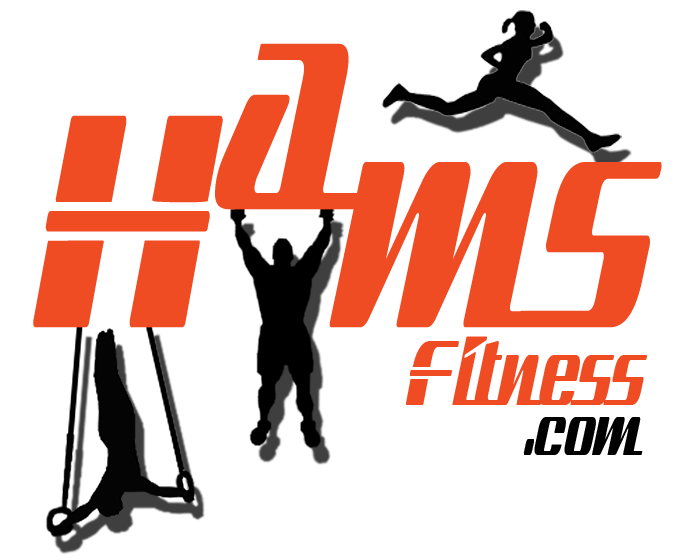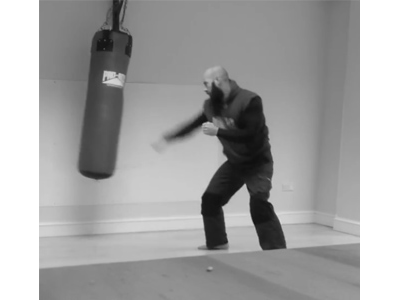Method Two requires you to use exercise as a way of burning calories rather than lean tissue doing that job. If you exercise fairly hard for about an hour, it has been said that you will burn 500-800 calories. This will vary among individuals due to many factors not limited to; age, gender, health and work ethic.
If you exercise as described you can burn up to 1lb of body fat per week, provided you trained 7 days per week (7 days at 500 calories burned per one hour each day is equal to 3500 calories per week – there are 3500 calories of energy stored in one pound of fatty tissue).
Exercise to burn calories requires a significant amount of time exercising and discipline, every day.
If however, you should want to take a holiday and halt training temporarily, you would instantly be reducing the amount of energy you utilise in a day and thus fall back to gaining excess body fat, fast. A very common viscous circle that sees thousands of people turn away, disappointed, from exercise.
This happens because the style of exercise performed in method two fails to create the production of lean tissue (remember that is metabolically active and energy consuming) and as a result, the hours of exercise in the gym has not increased your metabolism.
It is also highly likely that it has actually reduced your metabolism by wasting of lean muscle tissue; To exercise in a manner that allows one hour of continuous exercise, the actual muscular effort (as percentage of what it can do maximally) must be of a low intensity (that is not to say that it won’t feel hard) and thus the body will atrophy any tissue it does not see as essential.
The same is true of flexibility and mobility. If you only ever jog or ride a bike then you will lose mobility through adaptive shortening. I marvel at the number of joggers I see when walking my dog that look stiff and old in their pigeon stepped jogging style. The range of motion used is so small relative to what the joints are capable of that they “forget” how to use their bodies properly, they lose function in the way old people do.
Worthy of mention at this stage are the detrimental, chronic effects that daily, low intensity and impacting force producing exercise will have. Your joints will eventually give up. See the medical figures for knee and other joint injuries. Let’s not forget about how hard the heart will have to work every day in Method Two – the heart is a muscle and muscles will weaken through over work. Just something to think about. Especially when Method Two promoters of the seventies and eighties have died from heart failure, in their fifties.
Both methods have their place. Method two is great for short time help in reducing excess body fat so long as Method One is also incorporated and becomes the primary tool. The use of lower intensity and longer duration work can also aid in the recuperation of other body parts and muscles due to the increased blood it can promote, not to mention the psychological benefits that periods of lower effort work can have.
Method One;
|
Positives
|
Negatives |
| ü Time saving | C High momentary effort |
| ü Increases metabolism | |
| ü Better external appearance | |
| ü Increased function | |
| ü Enhances mobility | |
| ü Long lived |
Method Two;
|
Positives
|
Negatives |
| ü Acute fat loss assistance | X Time consuming |
| ü Can enhance recovery | X Short lived |
| ü Low effort | X Chronically damaging |
| X Reduces metabolism | |
| X Reduces mobility | |
| X Reduces structural strength | |
| X Boring |
Looking at the information provided, what Method would you rather chose? Either way you go, I will help you now you have an informed decision.

